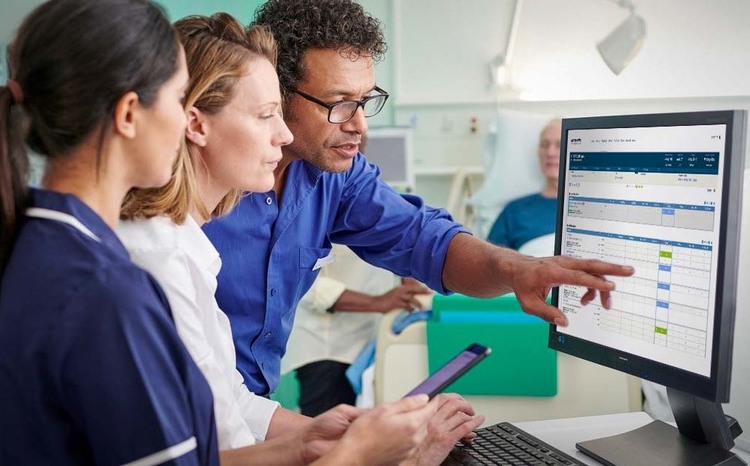Royal Papworth achieves ‘first of kind’ Lorenzo-Epic integration with CUH
- 10 July 2019

Royal Papworth Hospital NHS Foundation Trust and Cambridge University Hospitals (CUH) NHS Foundation Trust have achieved a “first-of-type” integration in the UK, after developing an interface that allows blood test orders and results to be shared between the Lorenzo and Epic EPR systems.
The interfacing between Royal Papworth’s Lorenzo electronic patient record (EPR) and Cambridge University Hospitals’ Epic system allows lab staff and clinicians to share blood test information digitally for patients at Royal Papworth Hospital.
The “complex” piece of integration – which involved five IT systems – was performed ahead of Royal Papworth’s move to a new facility alongside Cambridge University Hospitals at the Cambridge Biomedical Campus.
The most significant benefit of the integration has been a dramatic improvement in turnaround times, with Royal Papworth now receiving results digitally within 48 hours – meaning clinical decision-making can happen far more quickly.
Chris Johnson, the chief medical information officer at Royal Papworth, explained: “Prior to the integration, we would order a test using our order communications system. If the test was going to be done at (CUH’s) Addenbrooke’s Hospital, we would print out the request, marry it up with the blood bottle, and send it over to the labs at Addenbrooke’s, where it would be transcribed into the Epic EPR.
“When the test was completed, the result would be automatically emailed back as a PDF due to the lack of integration between the trust’s systems. Administrative staff at Royal Papworth would have to open up the PDF, rename it, add some patient identifiers, and save it into a file-drop so it could be sucked up into our document management system.
“Or, if it was numerical data, our qualified lab staff would have to sit down at a computer and transcribe the details from these pdfs into our lab system, so it could display the result to clinicians. It was an extremely laborious process, prone to error, prone to delay.
“With the EPR integration, all of that work has now gone away.”
Patient safety has also improved, as there are fewer points at which complex results need to be copied from one system to another.
Andrew Raynes, director of digital and chief information officer at Royal Papworth Hospital NHS Foundation Trust, described the integration as “a huge feat”.
“In total, we needed to integrate five systems, but the major challenge was the interface between Epic and Lorenzo,” he said.
Raynes explained that the major integration piece was that between Lorenzo and Cambridge University Hospitals’ Epic EPR lab module.
“There was no reference anywhere else in the country for doing that, but, with Cambridge University Hospitals, we collaboratively achieved a bi-directional interface and we did it in just seven months,” he said.
Raynes suggested the integration between Lorenzo and Epic demonstrated that interoperability could work regardless of the IT systems hospitals were using.
“There has been an idea, since the days of the former National Programme for IT, that we all need to be on the same system. That has been challenged by the Wachter Review and (Matthew Hancock’s) Tech Vision.
“They say that interoperability is the way forward, and we have shown that this is right. What matters is that systems use open standards and open application interfaces (APIs), so they can talk to each other.
“Now, we are ahead of the curve. We have put policy about interoperability into practice, and we have done it collaboratively with our neighbouring trust”.





7 Comments
“First of its kind” refers to Epic – Lorenzo interface – these systems haven’t been interfaced before.
The interface above only uses HL7 v2.
From Andrews recent presentation at DHS and a brief discussion I had with him afterwards I believe they are using FHIR
From having attended a presentation from Andrew recently I believe it uses FHIR.
I believe this would be using HL7 version 2 standards from what I could discern from the description.
I’m not sure why it is called “first of kind”, it may be around test orders going direct to lab? But I’m aware of trusts that have also done this.
Happy to be corrected.
What standards where used for this integration?
I am left somewhat confused as to how this is determined to be “first of kind”. The NHS National Pathology Exchange connects over 100 NHS organisations across over 100 systems in England, Scotland and beyond for the delivery of patient results.
Looking forward to seeing this integration.. With Skills sets they have.. Mind the performance
Comments are closed.